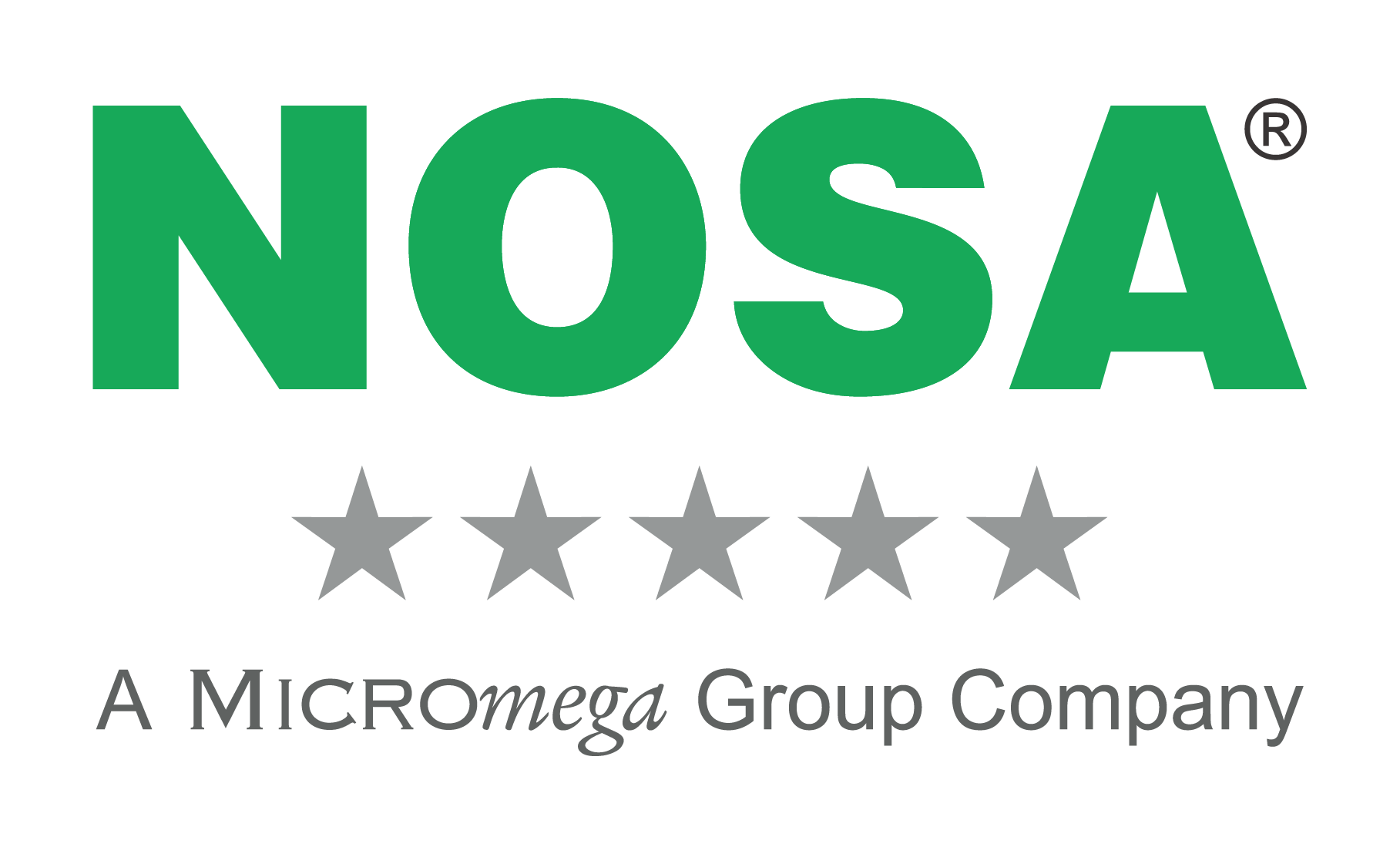
Technological advances, customer expectations and especially globalisation have increased the need for higher productivity. Entrepreneurs are now competing on a global scale. At the same time, companies are expected to adhere to their social and ethical responsibilities, which includes being aware of the organisation’s environmental impact. This means that the measures you take to increase your productivity need to also increase your efficiency.
Productivity formally refers to how well your organisation converts input (e.g. labour, materials, machines and capital) into goods and services or output. But today it is no longer limited to measuring ratios of inputs and outputs. Basically, increasing productivity means working smarter. You can look for opportunities to improve efficiency just about anywhere in your company. Here are some key areas to consider.
Choosing the right equipment
This can help you reduce the risk of costly errors and improve the way you do business. Before you buy any equipment, make sure you’re thoroughly familiar with the current and future needs of your business. Ask yourself:
- Is the current equipment giving me good results?
- Do I need to replace several pieces of equipment with more efficient machinery?
- Can the equipment I’m replacing be used elsewhere in my company?
- Will its acquisition be a long-term investment?
- Would it be better to rent equipment?
- Will we use all the features, or are they simply nice-to-have, but unnecessary, gadgets?
- Have I considered the costs of training employees on the new equipment?
- Use technology to improve your operations
Web-based technologies enable you to dramatically improve how you run your business. You're a good candidate if you're:
- looking to increase market share
- aggressively pursuing cost reduction or greater efficiency
- preventing customer-service problems.
Production management tools range from spreadsheets to off-the-shelf software solutions or business-specific, custom-developed applications. Here are some examples:
- Use e-purchasing (online buying) as an alternative to procuring materials from suppliers. This will increase your chances of finding products with competitive prices, as you are no longer limited to local merchants. Generally, the cost of transaction processing is reduced and there is less paperwork.
- Use smart inventory control systems to help you:
- reduce inventory levels
- improve profitability
- speed up customer response time.
Online and order management systems integrate inventory information with your organisation’s purchasing, accounting and e-business systems, so you can easily track the order’s status and the movement of inventory within your company. You will also be able to identify peak and low periods, allowing you to adjust supply purchases and better manage working capital.
It will also help if you and your employees keep abreast of technological developments and ensure that your business is taking advantage of the latest innovations to improve productivity. You can use the web or attend trade shows to stay on top of new technology. Trade shows are a great resource as software vendors often make their information available to attendees. Your employees can also network with other organisations in your industry that may have already tried and tested new innovations. Finding out what your competitors are doing can narrow your search down for solutions that are specific to your industry.
- Review your existing set up
Look at your processes as a potential investor would view them. Keep in mind the overall objective and vision of the business, and ensure the processes meet those goals and add value. Draw an accurate map of each process in your material and information flow. By doing this, you can better understand the links between various elements of your production, and you will be better equipped to identify and eliminate waste throughout your company.
- Implement a continuous improvement approach
Improving productivity is an ongoing activity. Here are some suggestions for setting up a continuous improvement plan.
- Start by assessing the competition and the best practices in your industry (also known as benchmarking). But, this does not mean you should copy plans of other businesses – you need to develop one that works for your company.
- Get external help to assess your business’s weakness and strengths. This gives you an objective viewpoint from which you can improve productivity and redesign processes.
- Take a step-by-step approach, rather than tackling everything at once. Focus on a few priorities. This will enable you to see results faster.
- Assign specific teams to specific problems or processes for design.
- Put a formal suggestion system in place for employees. As they work with your equipment on a day-to-day basis, they may have some viable suggestions to make.
- Look for breakthrough accomplishments. Small improvements can transform into major increases in productivity.
- Measure your results. Ideally, an objective outside party should do this.
What about outsourcing?
Outsourcing can be a cost-effective way to focus your efforts on what you do best as a business and make productivity gains. You may choose to outsource (e.g. logistics, accounting, payroll, public relations or IT), but it’s vital to first grasp what drives costs and profits in your company. Before you get started, it’s important to assess your current production and costs, such as location, shipment and client proximity. You need to know exactly which core functions increase revenues and which non-core functions increase your expenses and affect your productivity. Many entrepreneurs don’t tap into outsourcing opportunities because they fear they might lose control of their business, or are concerned about expenses. And although these may be valid concerns, outsourcing works if you take the right steps.
Strategic alliances will allow you to grow your organisation without necessarily expanding its size and incurring more costs. For example, the right alliance could improve your production processes by increasing your economies of scale and broadening your distribution market. An alliance could help your company negotiate better supply deals, share costs such as advertising or take advantage of costly technology. Increasing your productivity could also mean getting into new markets with new products and services, extending your marketing reach or accelerating research and development by sharing costs and resources.
Source:





